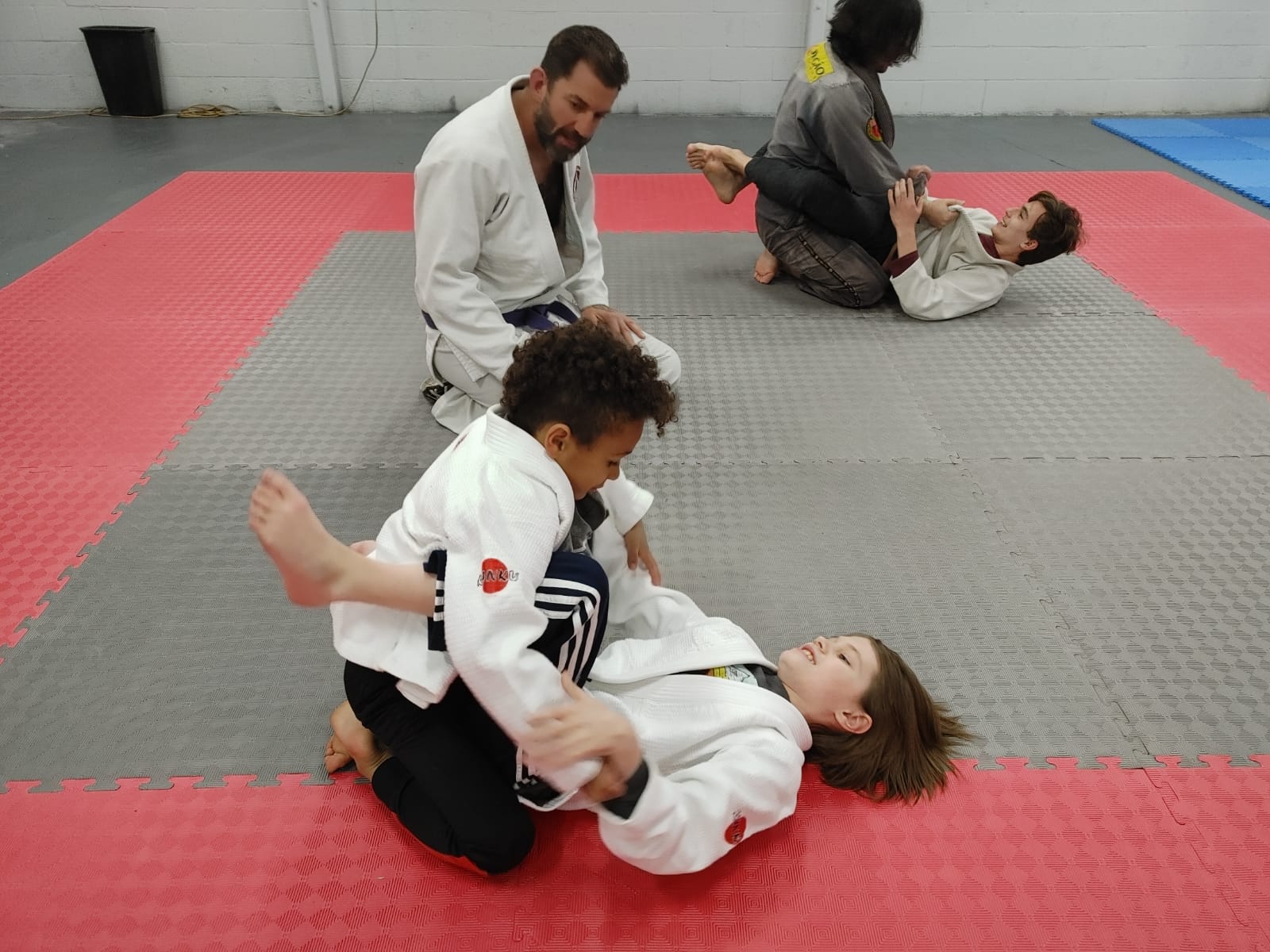Five Reasons Why Brazilian Jiu-Jitsu Is the Best Choice For Children
Parents who think of enrolling their children in martial arts classes are prone to thinking of striking arts, such as karate or tae kwon do. Brazilian jiu jitsu (BJJ) is more likely to be perceived as more suitable for adult male fans of mixed martial arts or UFC. It is time that misconception became a thing of the past.
Brazilian jiu-jitsu is comparable to any striking art when it comes to the common benefits sought by parents. The violence witnessed in televised competitions does not define the art. These are five reasons why Brazilian jiu-jitsu is the right choice for your child:
BJJ is based in our natural instincts.
Brazilian jiu-jitsu mirrors our natural movements and stems from innate self-defense skills. If you’ve ever seen or been young and in a playful tussle with a sibling, you were not far from the roots of this art. Watch an untrained kid fight. There is rolling around. It tends to look like wrestling. More often than not, it winds up on the ground. This is where BJJ shines.
Size is neutralized by superior skill.
Size absolutely matters in a fight. However, it does not guarantee victory. BJJ technique improves in order to match superior strength. It comes down to leverage and physics. Watch practitioners as they learn to flip and roll larger opponents. Then, stick around as they choke them into submission. Your child’s confidence will grow as he or she learns these skills and becomes capable of feats they could not have imagined.
BJJ makes you stronger, faster and in better shape.
Growing bodies need exercise. It may be for different reasons than for those of us whose bodies have stopped growing. Nonetheless, the unmatched core strengthening and overall functional full body strength provided by BJJ is invaluable.
Let’s break these physical benefits down. Using your arms to support your weight and maintain three points of contact at all times builds upper body strength. It does this by activating the arms, shoulder, chest, back and core. The result is muscle and tendon strength. There will be constant gripping of a partner’s gi, which will increase hand and forearm muscle and tendon strength. Beyond the upper body, all of the time your child will spend on his or her back will involve the use of hip flexors, glutes, quads, hamstrings, calves, feet, and back/core muscles to maintain guard, and perform sweeps and submissions. You would call this ‘leg day’. For cardio, we have something called ‘rolling’. This is our term for sparring, where we learn to roll, and move, on the ground. A typical match is 3 to 5 minutes for beginners.
Bullies won’t stand a chance.
You may have once heard someone describe jiu-jitsu as an art that uses your opponent’s strength against them. When it comes to dealing with bullies, however, martial artists eventually come to realize that focusing on the bully is where everyone goes wrong. The focus should always be on us, the one factor we can change. One major trait that bullies target is body language. We communicate how we feel about ourselves by how we stand, sit and walk. Like it or not, walking with your head down and your chest concave translates to insecurity, lack of self-esteem and lack of confidence to a bully. It makes you easy prey. The power to defend yourself allows you to walk around with more confidence and self-esteem. By believing in themselves and their newly acquired skills, your children will exude an aura of defense that almost always repels most predators from choosing them as their victims.
Results are clear before your child sets foot on the training floor.
There are no ‘child Black Belts’ in jiu-jitsu. You can’t even attain a Black Belt until you are 19 or older. A major distinguishing factor between BJJ and striking arts is the lack of forms (kata) and synchronized or choreographed exercises. Parents who are keen on pursuing belts in exchange for tuition will probably not be satisfied. As for their children, we are aware of the importance of fun, but we make sure that the fun is built into the training itself. Games are built around fundamental movements that reinforce their skills and build their physical form, and inner self.

